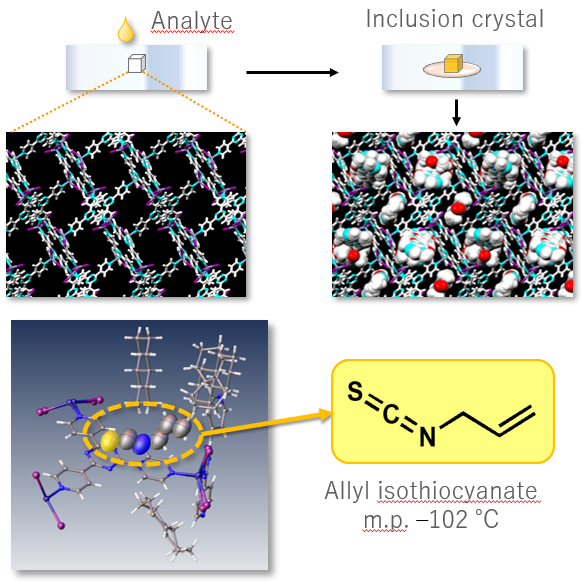What Is the Crystalline Sponge Method?
The crystalline sponge method is an advanced technique developed by Prof. Makoto Fujita in the University of Tokyo (Nature 2013, 495, 461–466) used in crystallographic analysis to determine the structures of molecules, even when they can’t easily form crystals or are only available in tiny amounts.
In this method, researchers use a special kind of host crystal that has the ability to “trap” or “soak up” the molecules they want to study. Once the target molecules are inside the host, the combination forms a new, stable crystal that can be studied using single crystal diffraction. This lets scientists determine the exact arrangement of atoms in the molecule, which is crucial for understanding its properties.
The crystalline sponge method is particularly useful in industries like pharmaceuticals, where knowing the precise structure of a drug molecule is crucial. It's also applied in food science, fragrance research, agrochemicals, and even forensics, helping to identify molecules in things like pesticides or natural compounds that don’t easily crystallize.
Overall, this method offers a significant advantage because it makes it possible to study molecules that would otherwise be impossible to analyze using traditional crystal-based methods.

Rigaku recommends the following products

Contact Us
Whether you're interested in getting a quote, want a demo, need technical support, or simply have a question, we're here to help.
